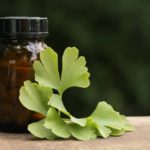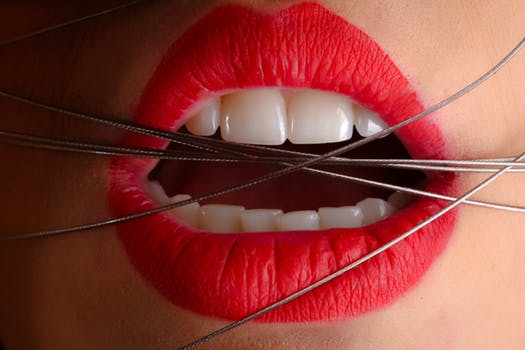Have you been feeling blue because your smile isn’t all you want it to be? Retaining an untreated chipped tooth can give rise to other dental health problems. A chipped tooth can make you feel uncomfortable or unattractive. Majority of people feel that first impressions do matter and cosmetic dentistry can help you feel confident and attain better functioning teeth.
7 Chipped Tooth and Cracked Tooth Differences and Why Fixing Them is Important
Chipped Tooth
You may not experience a toothache even with a chipped tooth. However, if the chip is big enough, it may expose the nerves inside your tooth. You may start experiencing pain while chewing or when consuming a very hot or cold beverage. A chip usually starts on the end or outside of the tooth and works its way in. A crown or a dental onlay can help mend the shape of the tooth, preventing it from further damage or decay.
Cracked Tooth
Types of Cracked Tooth

In contrast with a chip, a cracked tooth originates near the gums and damages the enamel of the tooth as well the entire tooth down to the root. You might experience pain when chewing or when consuming something hot or cold. Seeking dental help immediately will help you in getting a treatment if required.
- Craze lines: Common in adult teeth and involve the enamel. They are regularly seen in unrestored teeth.
- Fractured cusp: A complete or incomplete fracture initiated from the crown of the tooth.
- Cracked tooth: An incomplete fracture initiated from the crown.
- Split tooth: A complete fracture that starts in the crown of the mouth
- Vertical root fracture: A complete or incomplete fracture from the root to any level.
Causes of Chipped or Cracked Tooth
- Cavities: Cavities weaken your teeth.
- Bad Bite: Chewing or biting something hard such as nuts, ice and hard candy.
- Hard Hit: A car accident, sports injury, falling down or even a fist fight.
- Poor Oral Health: Poor oral health can result in a chipped or cracked tooth if your tooth enamel is already damaged.
- Bruxism: Uncontrolled teeth grinding, called bruxism can result in a chipped or cracked tooth.
- Age: People above the age of 50 can expect cracked teeth.
Symptoms you can experience when you have a chipped or cracked teeth
- Sensitive to hot or cold beverages and sweets
- Occasional pain
- Swelling of the gum around the affected area
- Pain while biting or chewing
Diagnosis

- Your doctor may ask you about your dental history to know if you’ve chewed on hard food or if you grind your teeth.
- Conduct a visual examination using a magnifying lens to look for tiny cracks
- Use a dental dye to make the crack stand out
- Examine your gums to look for inflammation.
- X-ray your teeth to reveal any cracks
- Get you to bite on something to check if you feel pain.
4 Cosmetic Dentistry Treatments for Chipped or Cracked Teeth
Dental Filling or Bonding: Dental filling or bonding involves the removal of the decayed tooth material and cleans the affected area. This is followed by an application of a filling material in the cleaned out cavity.
Root Canal Treatment: A root canal treatment removes the damaged material with the help of filling, bonding or a tooth crown to mend the cracked tooth, preventing further damage.
Dental Crown: A dental crown is usually made up of ceramic or porcelain and is placed over the damaged tooth.
Dental Veneers: Dental veneers involve reshaping of the tooth and application of a prosthetic material. Depending on the patient’s preference, dental veneers are fabricated in porcelain material or ceramic.
Cosmetic dentistry does more than just give you a terrific smile but also keeps the natural bone in your jaw healthy. A healthy mouth promotes a healthy body, so give your cosmetic dentist a chance to add the extra touch to your already beautiful smile.
Author Bio:

Shen Chao is part of Dr. Joshua Hong’s Dental Clinic in Goodyear, AZ. While working for the dental clinic, he’s gained first hand experiences into the questions and concerns that dental patients have. He has been writing to inform people about various dental topics to help his readers improve their oral health. When he’s not working, you can find him on a hiking trail with his dog or having a Sunday cook-out with friends.











More Stories
Promoting Your Own Hair Growth With Garlic Oil
Guide to Bottom Teeth Veneers from a London Cosmetic Dentist
Do These Exercises To Firm Your Breast